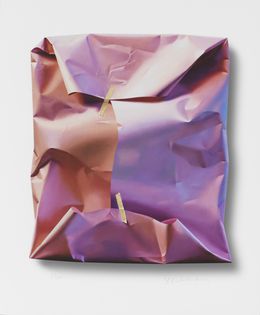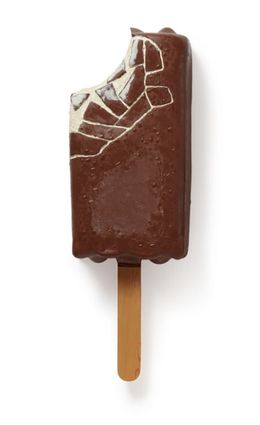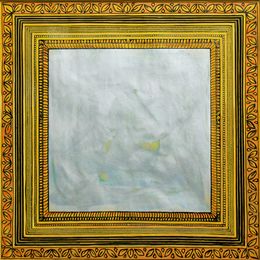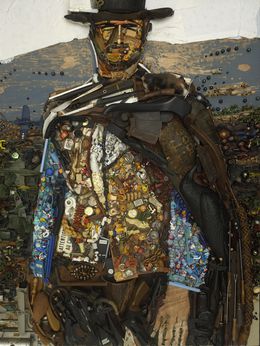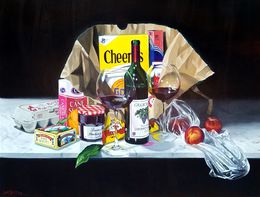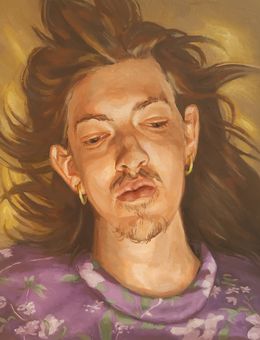
Trompe-l’œil
Trompe-l'œil artworks aim to trick the viewer by making the artwork look both as realistic and, most importantly, as three dimensional as possible. To do this, artists play with perspective, depth and contrast to create optical illusions that confuse the viewer and make them question their perception of reality. Their effect is often created by giving volume to a flat object, or by making an object stand out from the frame to show that the picture within the picture is fake, like with Pere Borrell del Caso's Escape from Criticism.
Evidence of trompe-l'œil can be found far in the past, particularly on murals. They were used to make a room appear larger, by adding a false window or corridor. An ancient Greek story tells how two artists compete with each other in making trompe-l'œil artworks. The genre gained popularity during the Renaissance, when it was used to give ceilings more height. It was Baroque artists such as Jean François de le Motte, Dominique Doncre and Louis-Léopold Boilly who developed it into a genre. It is still a very popular genre today, and many famous contemporary artists continue to use it. The genre is particularly popular with street art enthusiasts, as the street offers many possibilities for distorting perspective. This is the case for JR, who is known for his impressive trompe-l'œil collages which he creates on the street. Through anamorphosis, he creates illusions of relief, chasms, tears... Artsper presents a selection of trompe-l'œil artworks which will blow you away.
Save your search and find it in your favorites
Save your search to find it quickly
Saved search
Your search is accessible from the favorites tab > My favorite searches
Unsaved search
A problem occurred
